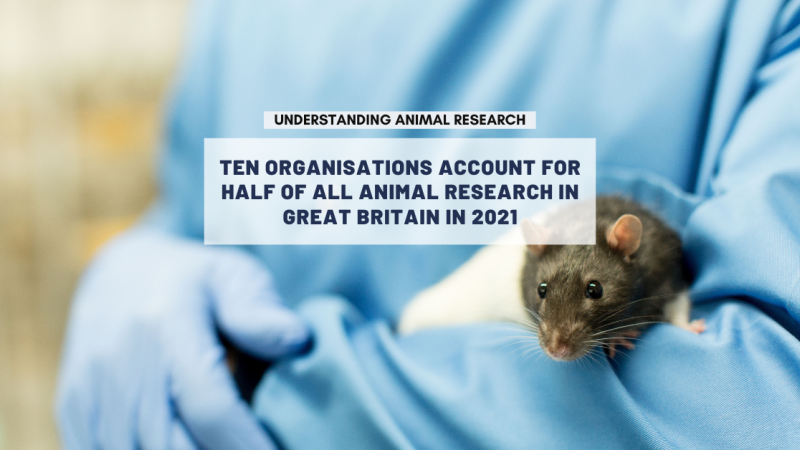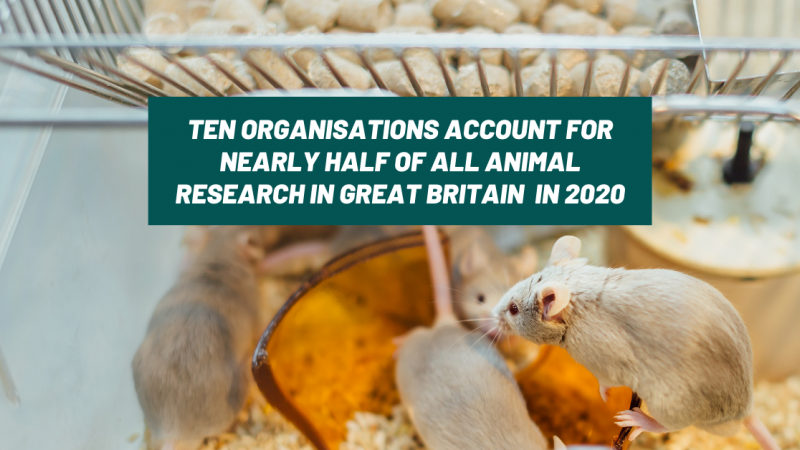The Home Office released the National Statistics publication Annual Statistics of Scientific Procedures on Living Animals, Great Britain 2014 today (22 October 2015). The publication provides information about scientific procedures performed using living animals during the year 2014, as regulated by the Animals (Scientific Procedures) Act 1986.
Some changes have been made to the collection of the figures, so comparisons with previous years must be made with care. In particular, information is now collected on procedures completed, not procedures started, as for previous publications. This has enabled details on the actual severity of procedures to be collected for the first time.
Total procedures
In 2014, a total of 3.87 million procedures were completed. Of these, 1.94 million (50%) related to the creation/breeding of genetically altered animals1 that were not used in further procedures and the remaining 1.93 million (50%) were experimental procedures.
When comparing 2014 with 2013 the total of 3.87 million procedures represents a decrease of 6% (-254 thousand procedures); the 1.94 million genetically altered animals created/bred but not used in further procedures represent a decrease of 8% (-162 thousand procedures); the 1.93 million experimental procedures undertaken represents a fall of 5% (-92 thousand procedures).
2014 statistics show a 6% drop in animals used for research
The annual Home Office returns, which show how many animals of various types are used in experiments have reported a drop in procedures of around 254,000.
As a result of changes to the reporting requirements and the data collection format, the 2014 data and comparisons with previous years’ data should be interpreted with some caution, however, the changes also give us a better picture of the actual suffering which may or may not occur in laboratories. Information is now collected on procedures completed, not procedures started, as for previous publications. This has enabled details on the actual severity of procedures to be collected for the first time.
Of the severity assessments undertaken for the 1.93 million experimental procedures completed in 2014:
- 9% (180 thousand) were assessed as sub-threshold;
- 7% (133 thousand) were assessed as non-recovery;
- 51% (980 thousand) were assessed as mild;
- 25% (483 thousand) were assessed as moderate; and
- 8% (150 thousand) were assessed as severe.
A ‘severe’ procedure would be, for instance, any test where death is the end-point or fatalities are expected, whereas a ‘mild’ procedure would be something like a blood test or an MRI scan.
The breeding of GM mice again accounted for a large number of procedures, with just over 50% being for this purpose. Very few animals with special protections i.e. dogs, cats, horses or primates underwent severe procedures with the vast majority being mild. With horses, for instance, 7,899 out of 8,067 were mild, 5 were moderate and none were severe. With primates, just 16 procedures out of 3,246 were severe.
As usual, public bodies conducted the majority of research, with just 25% conducted by commercial organisations. By contrast, universities and medical schools conducted 50% of all research.
These new methods of data collection will in the future lead to a better understanding of exactly how many animals were used in a year, and what suffering actually occurred.
Last edited: 16 August 2022 09:59




